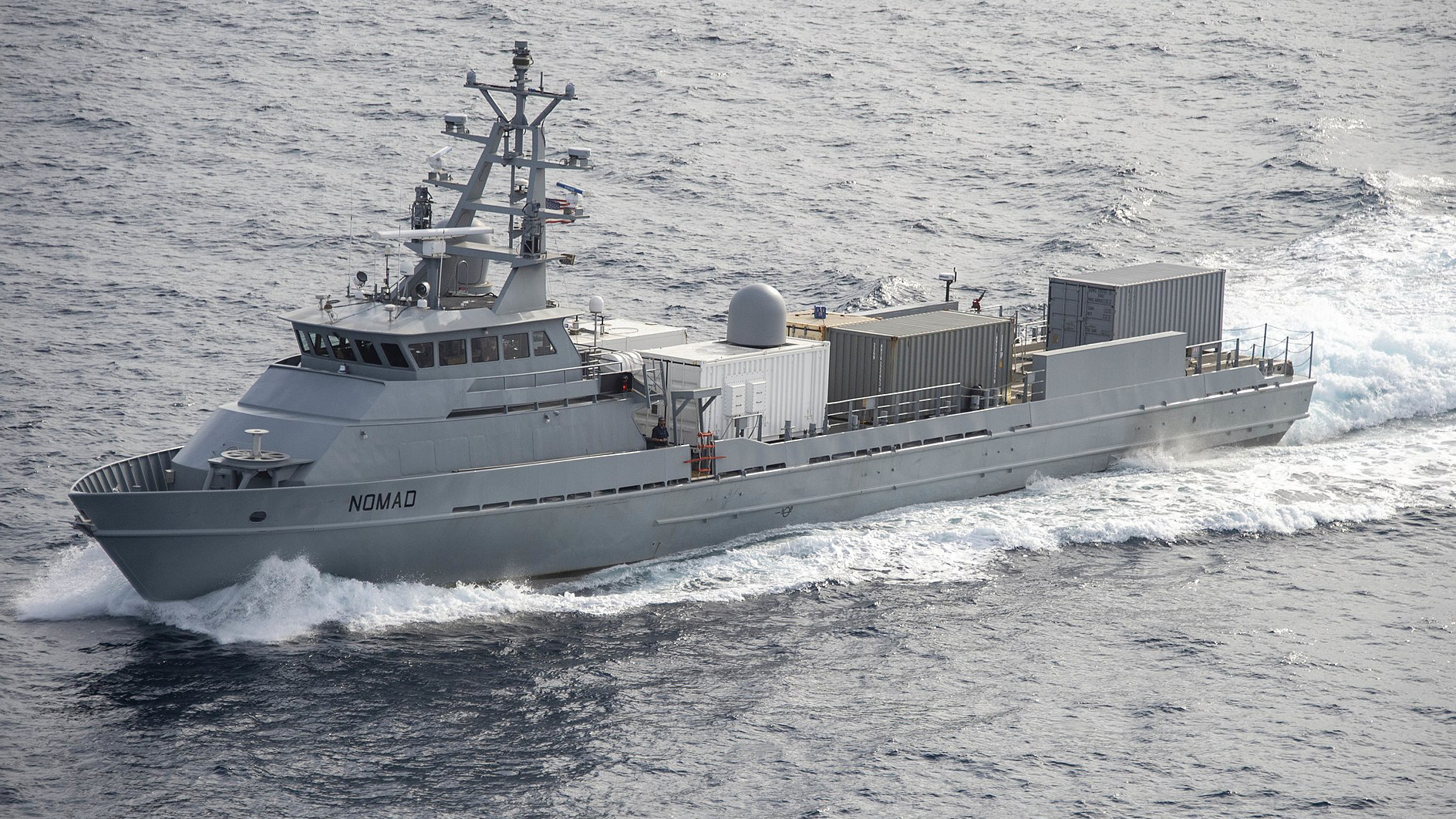The U.S. government is currently auctioning off a 175-foot-long, aluminum-hulled offshore support vessel named Nomad. The ship, which was first built around a decade ago, going up for sale is curious and plans to divest it do not appear to have been previously announced. Originally part of the Pentagon’s Strategic Capabilities Office’s Ghost Fleet Overlord program and then turned over to the U.S. Navy, Nomad had been in use since the late 2010s as a testbed for future large uncrewed surface vessels.
The U.S. General Services Administration quietly listed Nomad on its auction website on December 29, just before the New Year’s weekend. The auction closes on January 12 and, at the time of writing, the top bid was $500,100.
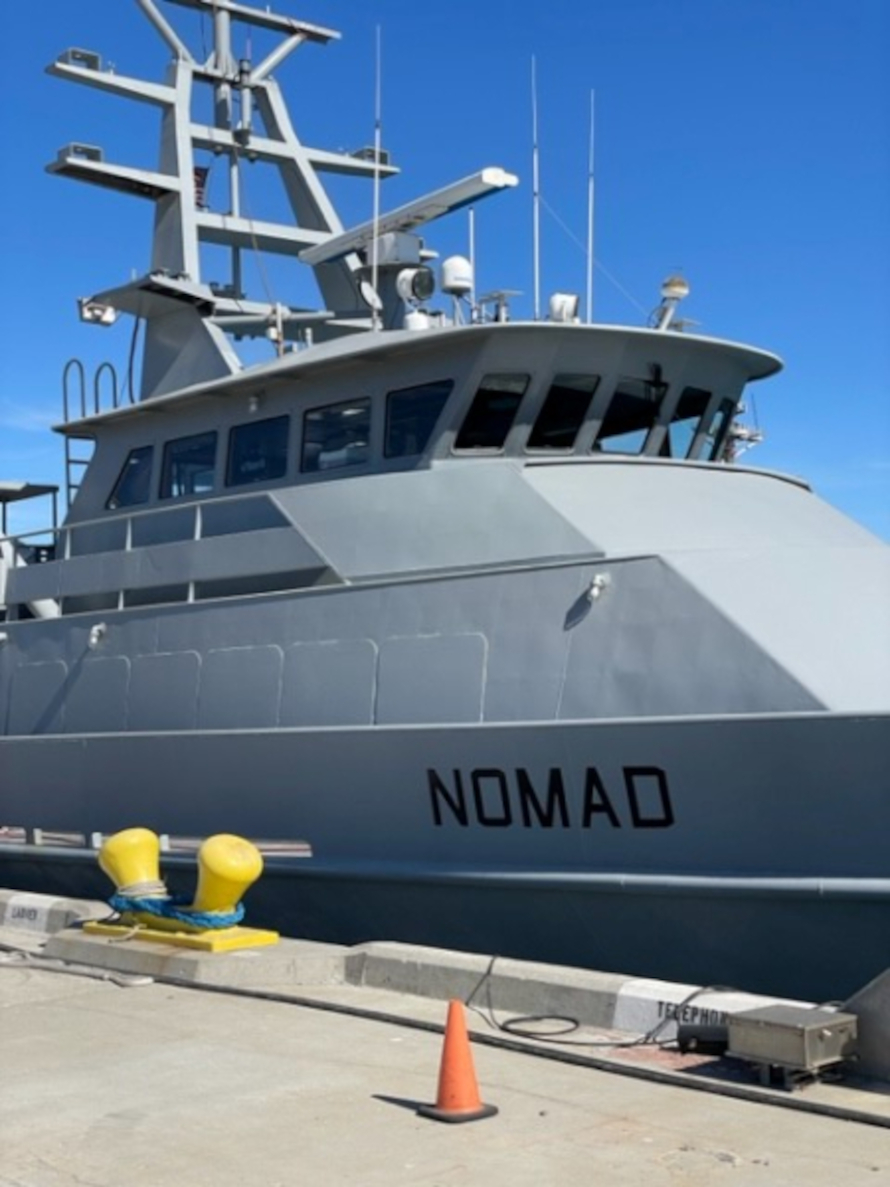
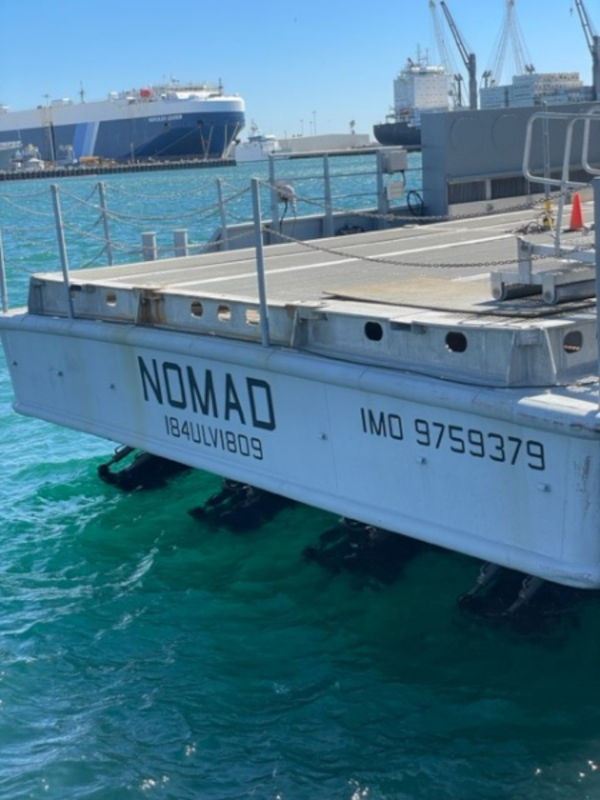
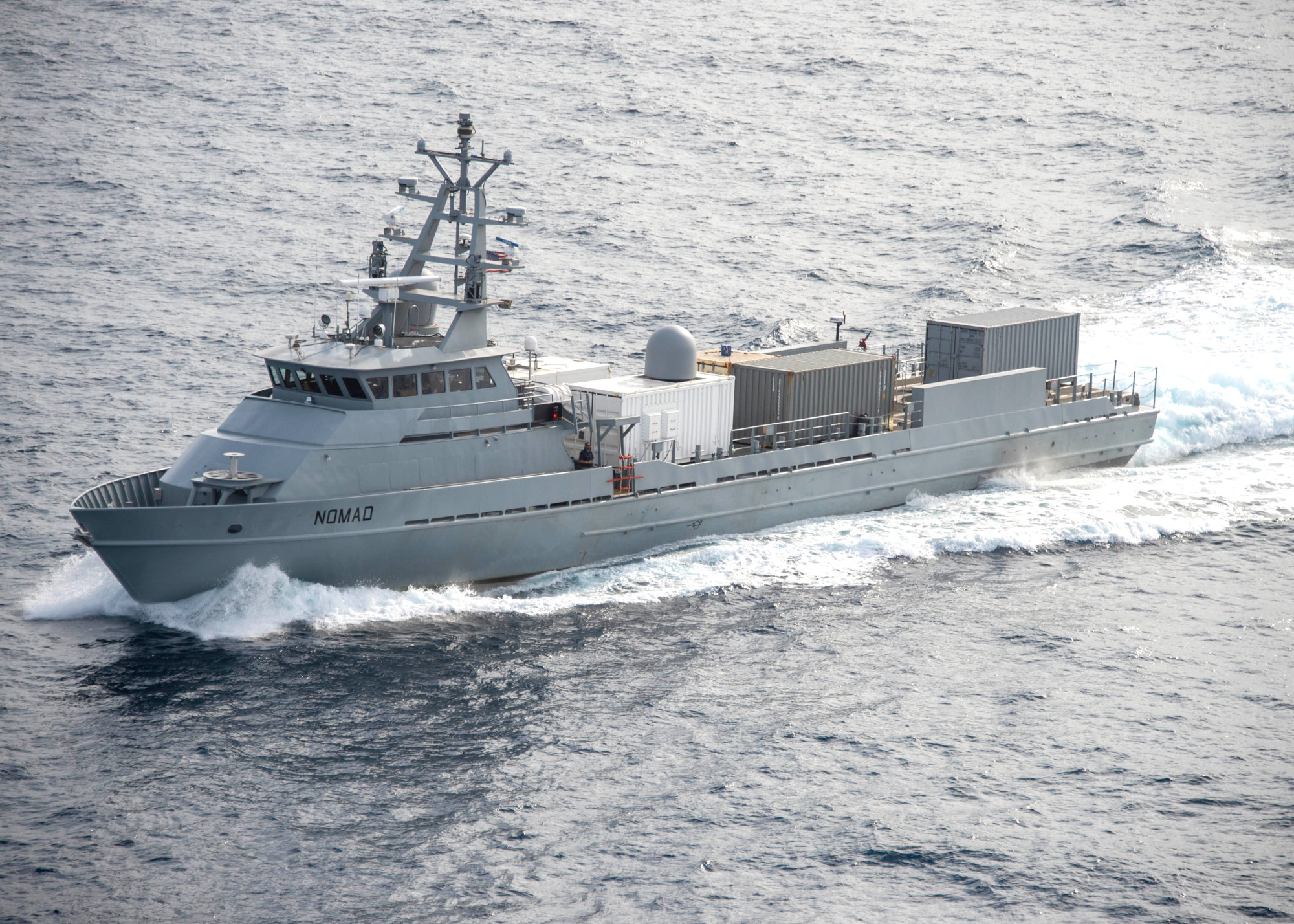
No mention is made in the listing about Nomad’s past as an experimental uncrewed surface vessel (USV) with semi-autonomous capabilities, and there is no indication that the ship retains any of that functionality. As seen below, the only electronics of note in the information GSA provides about the ship are a Marine Technologies Dynamic Positioning System (which is expressly noted to be an unclassified piece of equipment) and various commercial radios, radars, other navigation aids, and transponders.

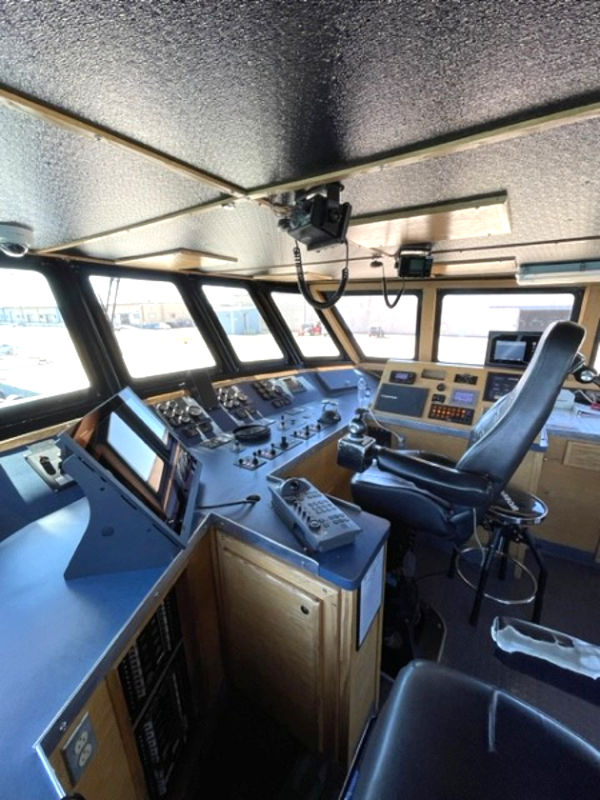
There is also a mention in the auction listing that the ship’s three Cummins QSM-11 marine diesel generator sets, each rated at 200 kilowatts, have “partial automation to allow emergency startup of generators in the event of brown/black out events and autonomous start/stop of generators during high power consumption events.”
“Any law enforcement/military equipment that appears in a photo will be removed by the government prior to the sale,” the listing notes. “These items include gun mounts, blue lights, sirens and specialized radios and their mounts.”
The pictures GSA provides of Nomad for the auction show that a large antenna dome that had previously been fitted behind the main superstructure has been removed. The ship also has a mast onto which various radars, other sensors, and antennas had been installed in the past, but which has now been more or less stripped clean.
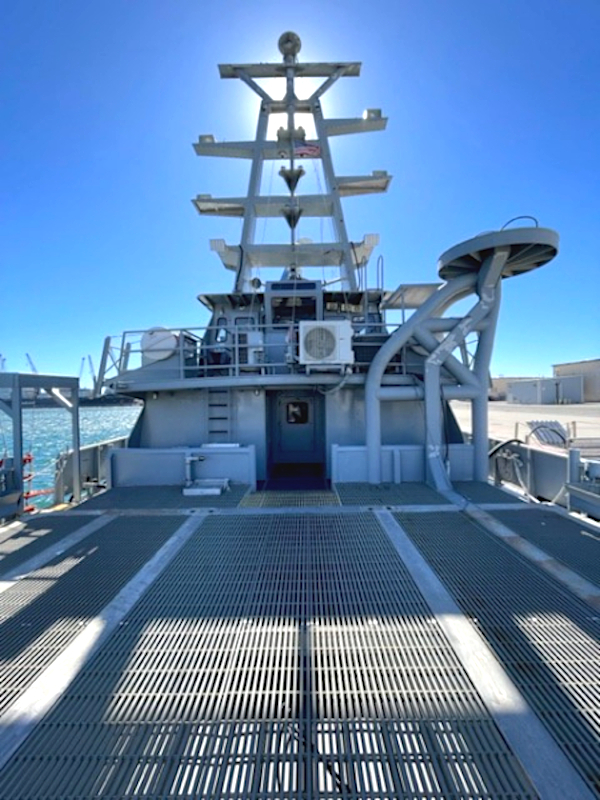
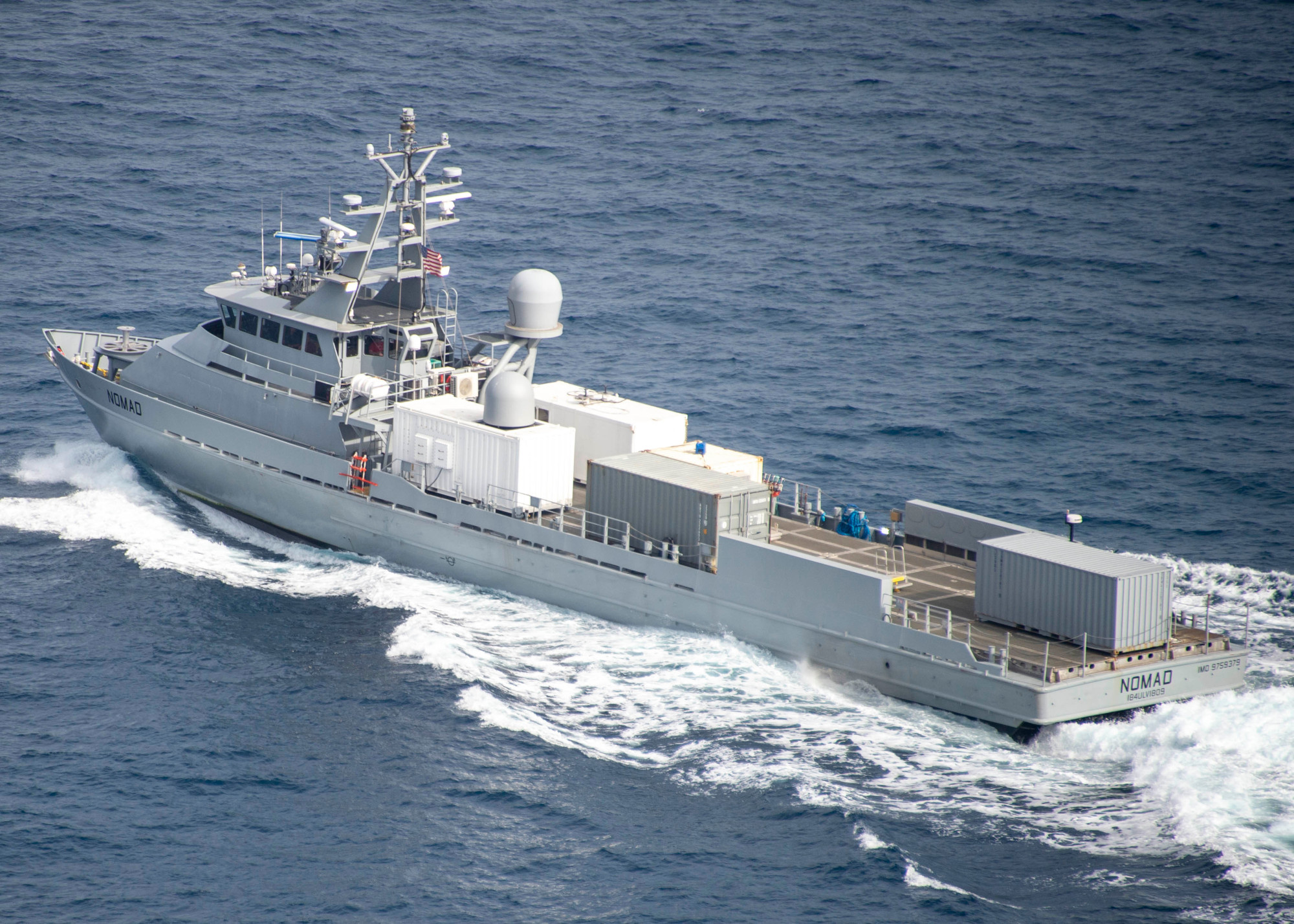
Nomad also has a large open rear deck, which has been used in the past to accommodate various containerized mission spaces and other equipment. Offshore support vessels like this are typically used to help move personnel and cargo to and from oil and gas platforms, and to perform similar logistics functions in intercoastal areas.
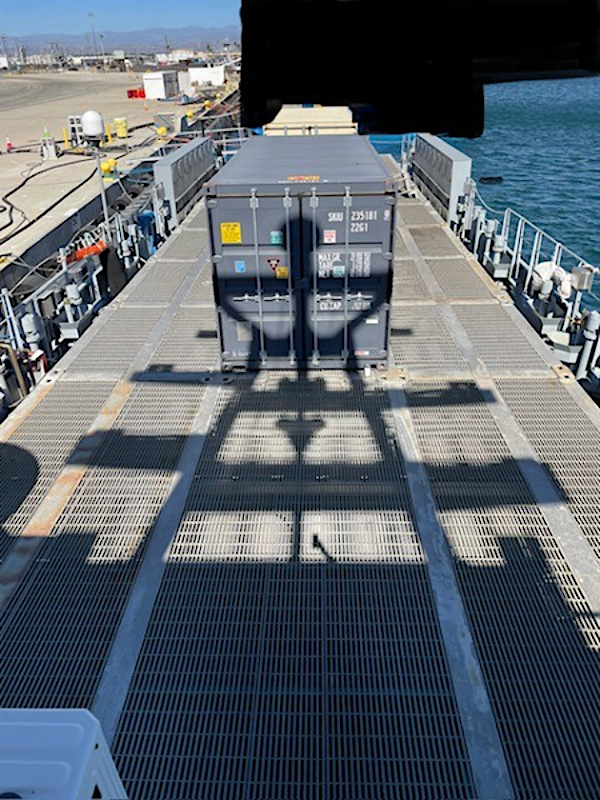
The auction listing has pictures that also show living spaces, including a galley and toilet, inside Nomad. Even in its uncrewed configuration, around six individuals were typically onboard the ship to be able to monitor its systems, perform immediate repairs, and otherwise take control if necessary.
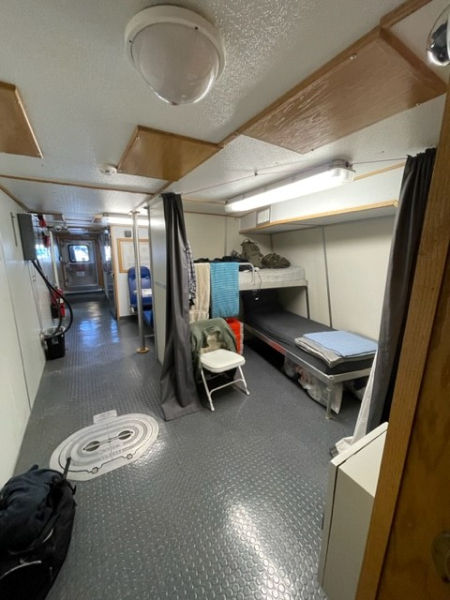
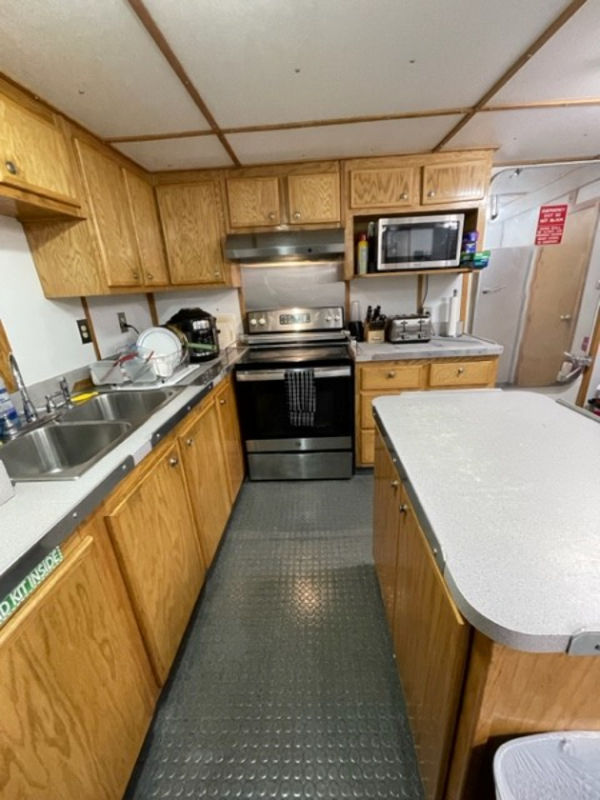
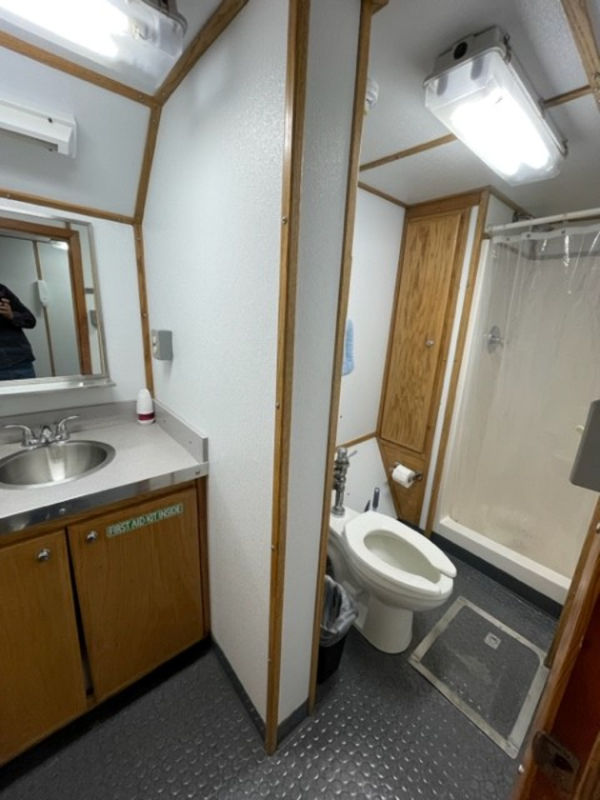
“Hull, mechanical and electrical and systems should be tested/repaired prior to vessel operation. Electrical systems were not energized and mechanical systems were not rotated during the inspection used to prepare the boat or equipment offered for sale,” GSA’s listing adds about the general state of the ship. “Repairs may be required to make operational.”
Nomad‘s propulsion system, including its four Cummins QSK-50 marine diesel engines, is said to be functional and a “large number of spare parts” is included in the auction. GSA says the ship is currently sitting pierside at Naval Base Ventura County in Port Hueneme, California.
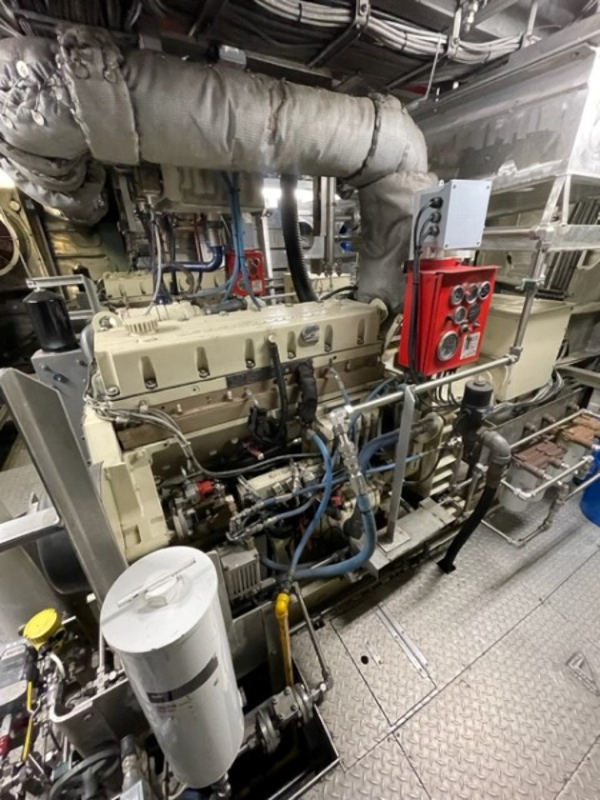
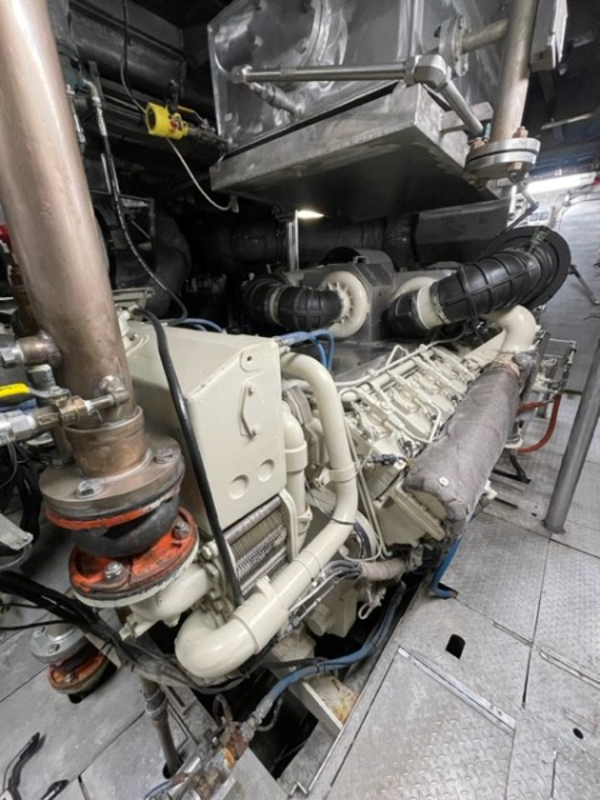
Why Nomad is being auctioned off now is unclear. The Navy’s most recent publicly-available shipbuilding plan, which was released last spring, said the service expected to have four so-called Overlord USVs in its inventory by the end of the 2024 Fiscal Year. There are three other known Overlord USVs, Ranger, Mariner, and Vanguard, the last of which has yet to be delivered. There are no currently known plans to acquire another similar test vessel.
The War Zone has reached out to the Navy for more information.
It is worth noting that Nomad, which Morgan City, Louisiana-headquartered Swiftships originally built in the mid-2010s as a traditional offshore support vessel named Riley Claire, was the only USV with this general design in the Navy’s inventory.
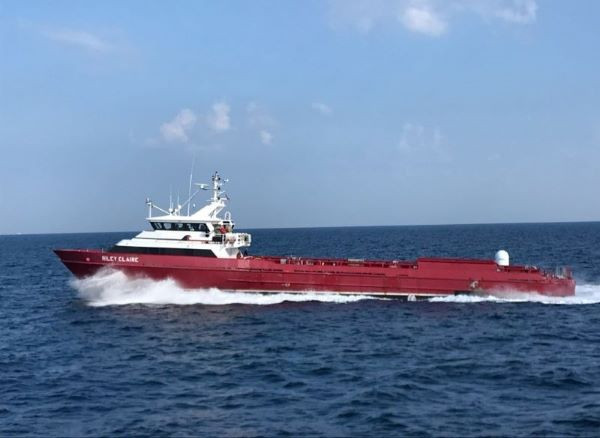
The two other large USV testbeds the Navy currently has, Ranger and Mariner, have similar, if not identical underlying designs from shipbuilder Gulf Craft, which is based in Franklin, Louisiana. Leidos is currently the prime contractor and systems integrator supporting those vessels for the Navy. Vanguard is a design from Austal USA, with L3Harris Technologies overseeing its modification into a USV.
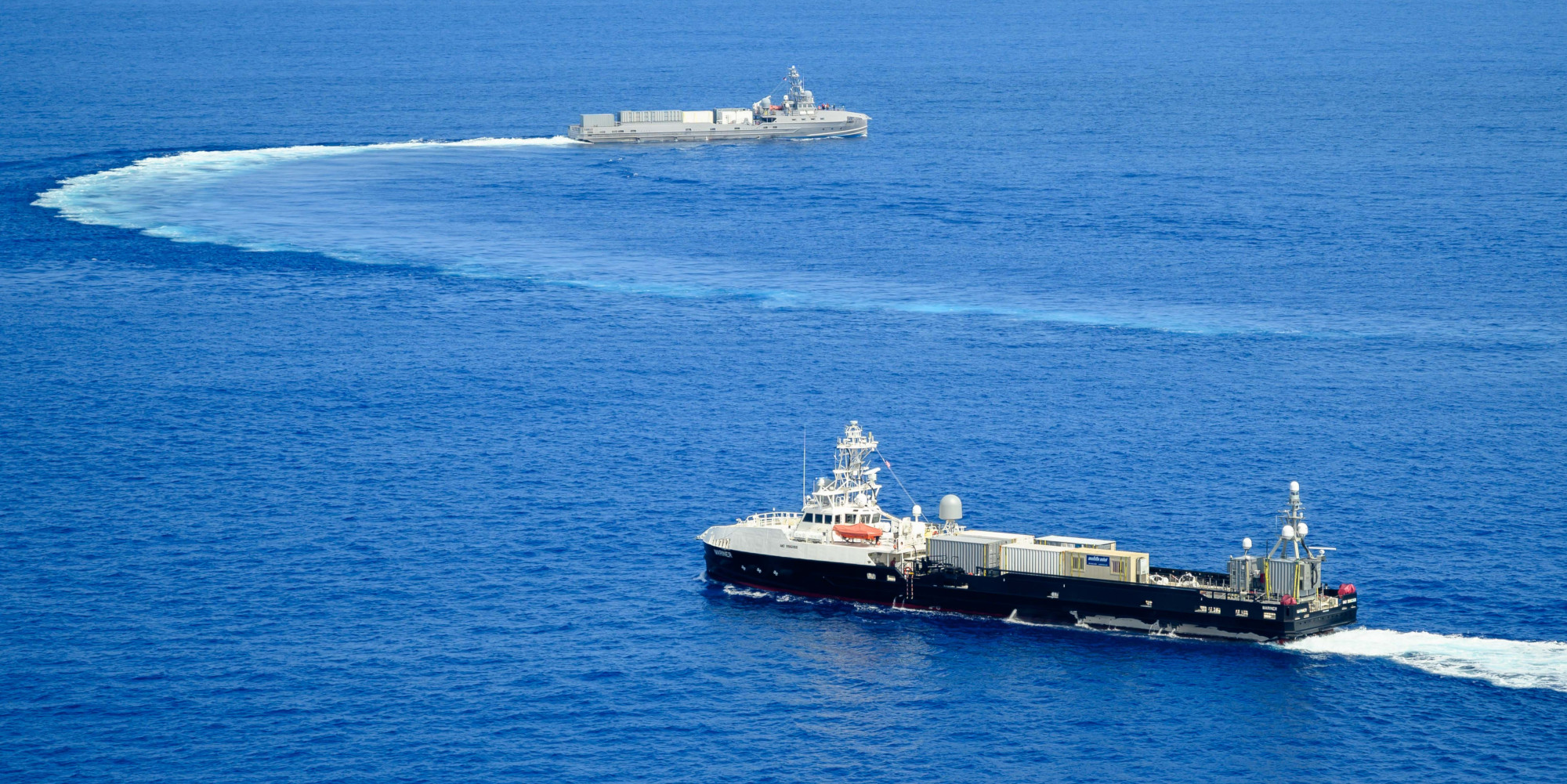
The Pentagon’s Strategic Capabilities Office (SCO) first acquired Nomad, along with Ranger, in the late 2010s as part of the Ghost Fleet Overlord program. SCO, in cooperation with the Navy, used those vessels as testbeds to explore and refine concepts of operations relating to future large USVs.

In 2020, Nomad made a 4,421 nautical mile-long voyage from the Gulf Coast of the United States to the West Coast via the Panama Canal. Though the ship required “manned assistance” to get through the Canal, the Navy said that the ship had been operating in an autonomous mode for 98 percent of the trip.
Nomad and Ranger, as well as the smaller Seahawk and Sea Hunter medium USVs, all took part in the U.S.-led Rim of the Pacific (RIMPAC) exercise in 2022. This represented a notable inclusion of uncrewed capabilities into that year’s iteration of this large-scale multi-national exercise.

The year before, Ranger had also demonstrated its ability to act as an uncrewed stand-off weapons platform with the launch of a multi-purpose SM-6 missile from a containerized launch system mounted on its rear deck.
Since then, the Navy has said it has been continuing to use Nomad, Ranger, and Vanguard to support ongoing research and development and test and evaluation work in support of plans to acquire purpose-built large USVs in the future.
That being said, Nomad was notably absent from the Navy’s Unmanned Surface Vessel Division One (USVDIV-1) major trip to the Pacific region last year. Ranger and Mariner, as well as the smaller Seahawk and Sea Hunter medium USVs, made stops in Japan, Guam, the Marshall Islands, Papua New Guinea, and finally Australia. Those four uncrewed ships then took part in Exercise Autonomous Warrior 2023 with the Royal Australian Navy.
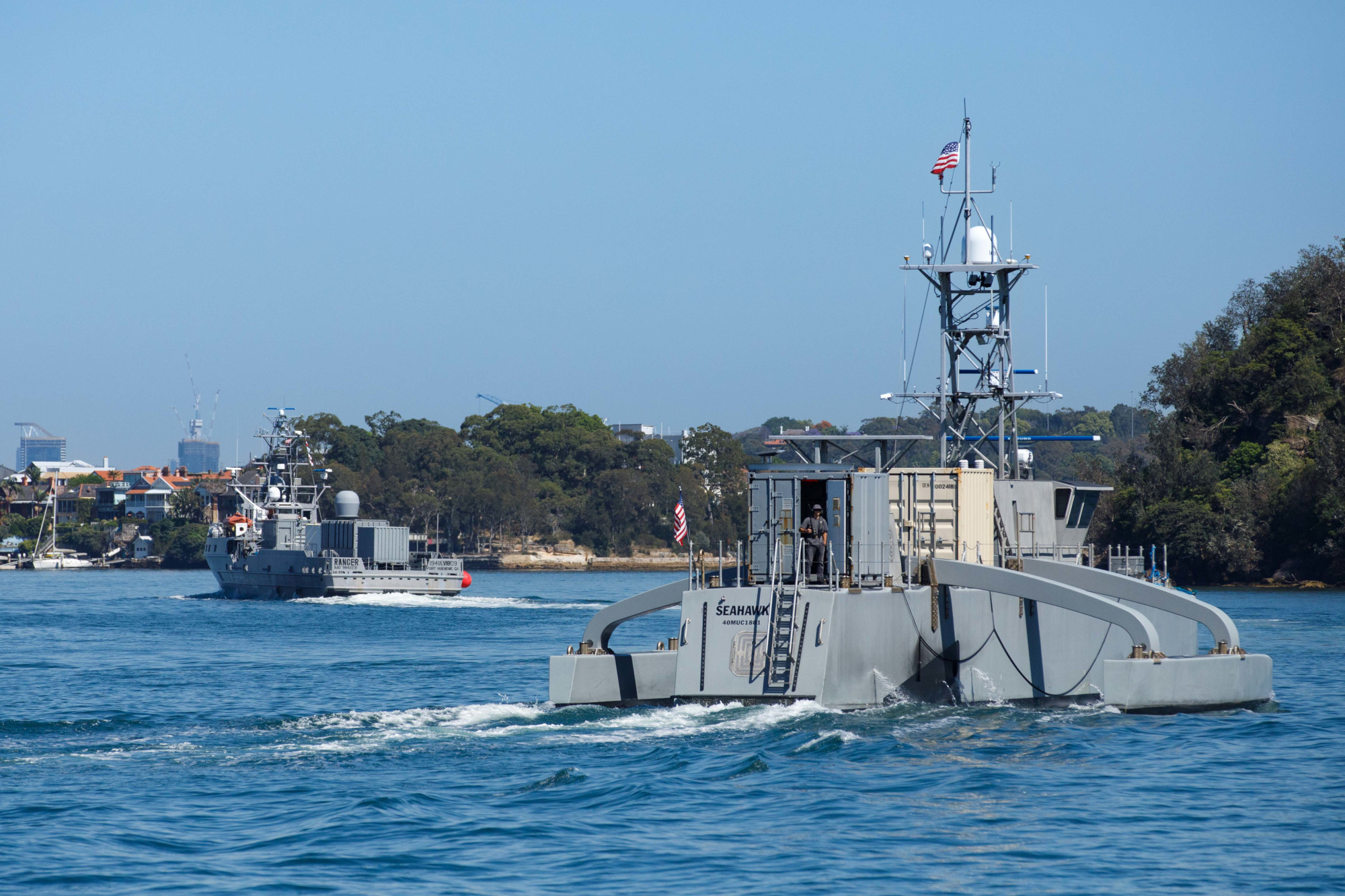
The Navy is still looking to start buying new large USVs in the 2025 Fiscal Year. The service wants to have contracts in place for the construction of at least nine of the drone ships by Fiscal Year 2028. There has been pushback from Congress in the past over concerns about unproven uncrewed technologies. However, legislators green-lit the Navy’s requested $117.4 million in funding to start laying the groundwork for large USV procurement in the 2024 Fiscal Year in the latest annual defense policy bill, or National Defense Authorization Act (NDAA). President Joe Biden signed the Fiscal Year 2024 NDAA into law in December.
“The [capabilities development document] is being developed right now to deliver in 2023,” now-fired Chief of Naval Operations Adm. Mike Gilday had said at a press conference at the Navy League’s annual Sea Air Space symposium in April 2023, according to USNI News. “That actually lays out the specific requirements for LUSV.”
In addition to the USVs assigned to USVDIV-1, the Navy is already actively testing and evaluating various smaller uncrewed vessels, including armed types, in real-world operational contexts in the Middle East. You can read more about these efforts, which are being led by a unit called Task Force 59, here.
In February 2023, the Navy also commissioned the Spearhead class expeditionary fast transport USNS Apalachicola in service. Significant autonomous capabilities were tested aboard this ship before its delivery, and it retains much of that functionality, but there are no plans currently to utilize the vessel in an uncrewed mode.
“By the middle of this century … up to 40 percent of the fleet will be unmanned,” Navy Capt. Scot Searles, the service’s Program Manager for Unmanned Maritime Systems also said at least year’s Sea Air Space conference, according to USNI News. “There’s a clear demand signal to develop and field it and it has to be affordable. That’s the thing that we’ve got to key on now, when it’s [in] this nascent stage of development, make it affordable, lethal, scalable, and connected.”
Whatever the Navy’s reason for auctioning off Nomad now might be, the ship has been an important part of the service’s work toward an increasingly uncrewed feature. For anyone interested in being part of this vessel’s next chapter, and has the resources to do so, there’s still another week or so to place a bid.
Contact the author: joe@thedrive.com
